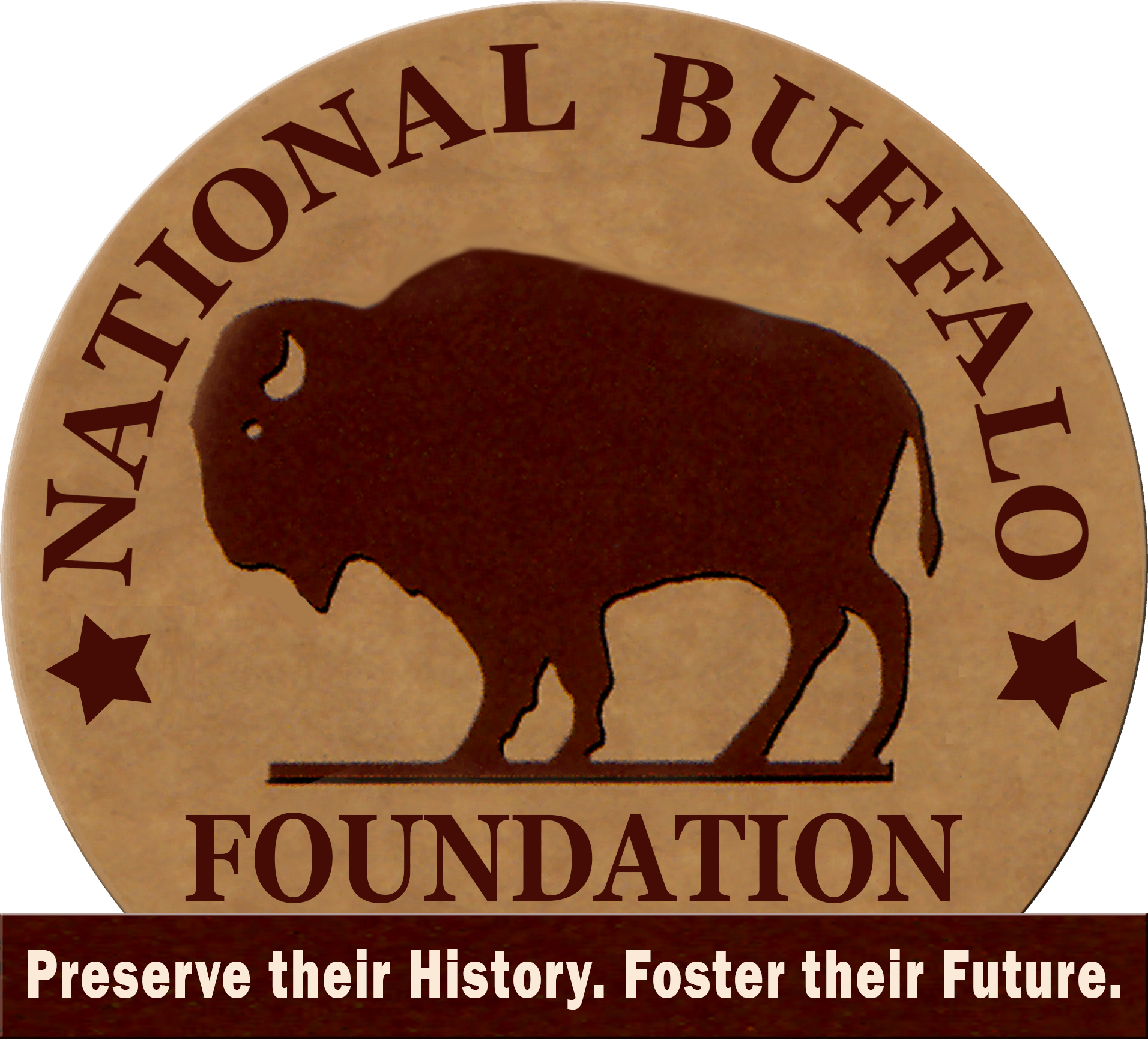Martin Collins (1901–2003) was born in Nebraska. Two years later, his folks moved by covered wagon to a homestead shanty out on the Great Plains of Lyman County, across the wide Missouri from Chamberlain, South Dakota.
When he was seven, his father took him on the steam cars to see Scotty Philip’s famous bison herd north of Ft. Pierre. Upon seeing the impressive animals, Martin decided someday he’d raise some, too.
In 1925 he married Leonida. They lived in a hotel room in Wynot, Nebraska, while he collected a bison herd as an alternative to the boom-bust dryland wheat farming and cattle ranching of the Plains.
Collins organized a small rodeo featuring his big bison bull, “Old Buff,” who had earned a rodeo bucking reputation. There were no Brahma bulls then, so the bucking bison proved quite exciting. From 1925 to 1927, the easiest $10 you could earn was to ride Ol’ Buff. Collins set the record at six times in a single season.
As the Collinses moved the bison around, it was common to hear people say, “This is the first time I have ever seen a live buffalo.” The Collinses had a small meat operation together with John Rex, who operated a meat market in Wynot and did the butchering and packaging. As there was no electric refrigeration at the time, meat orders were delivered on ice once enough orders came through to warrant use of a whole carcass. Many patrons had never tasted the meat before.
Collins went from rodeo-riding to rodeo-clowning until he “got busted up pretty good.” Then he taught school and dug for gold in the Homestake Mining Company at Lead for approximately five years. Dry years and the Great Depression forced him to sell off his Nebraska herd.
In 1939 the Collinses bought the Nissen homestead 20 miles west of Rapid City. They were able to buy a few of Scotty Philip’s buffalo descendants from Custer State Park.
The Collinses’ experience handling meat moved from delivering orders on ice to modern-day refrigeration. The animals could then be hauled live to a slaughterhouse for processing and returned for use in the tourist market on demand.
The Collinses’ herd was no doubt as near domesticated as bison ever get, and they were able to sell the animals to small startup operations because of their quieter disposition. However, Martin warned all to beware, telling them about the times he was been laid up in the Rapid City Hospital due to a careless move.
The Collinses kept their herd at 50 to 60 bison with no intention of enlarging the herd. Bison had made it possible for Martin and Leonida’s seven children to stick close around. Four daughters and two sons lived near enough to help with ranch work. A few of the more peaceful animals were kept in a pasture by the highway where people could feed them handfuls of hay through stout steel mesh, which protected onlookers. The Collinses promoted bison by talking to several thousand visitors every year who came from every state and from many countries, hoping to educate the public about the great beast.





0 Comments